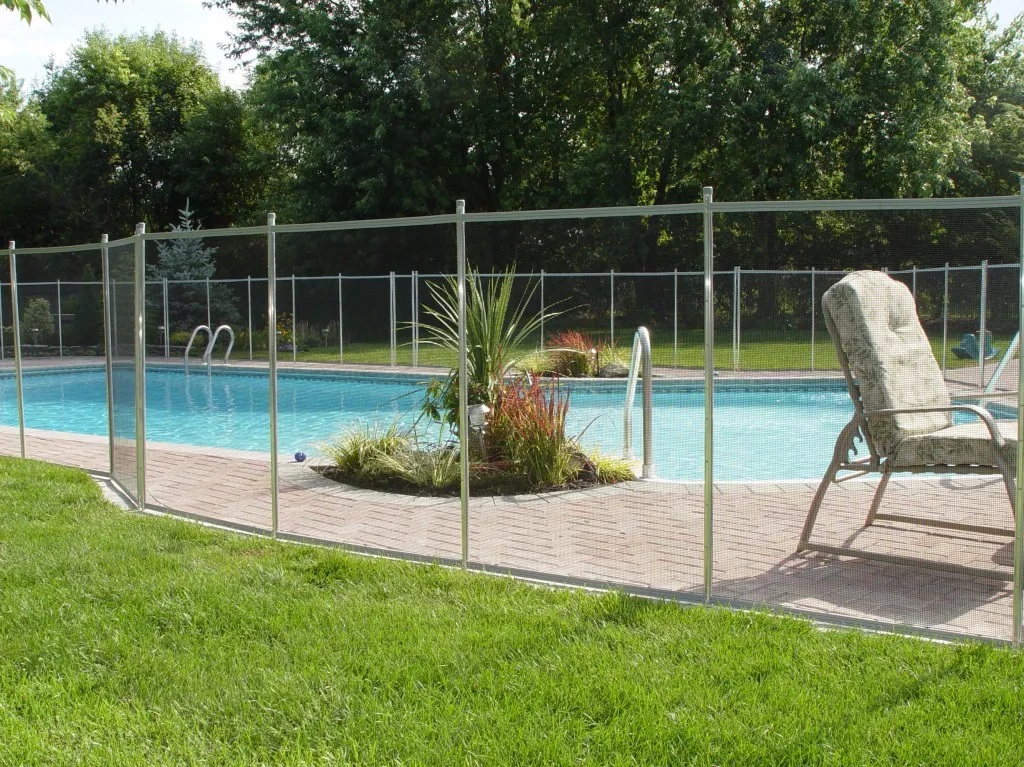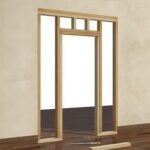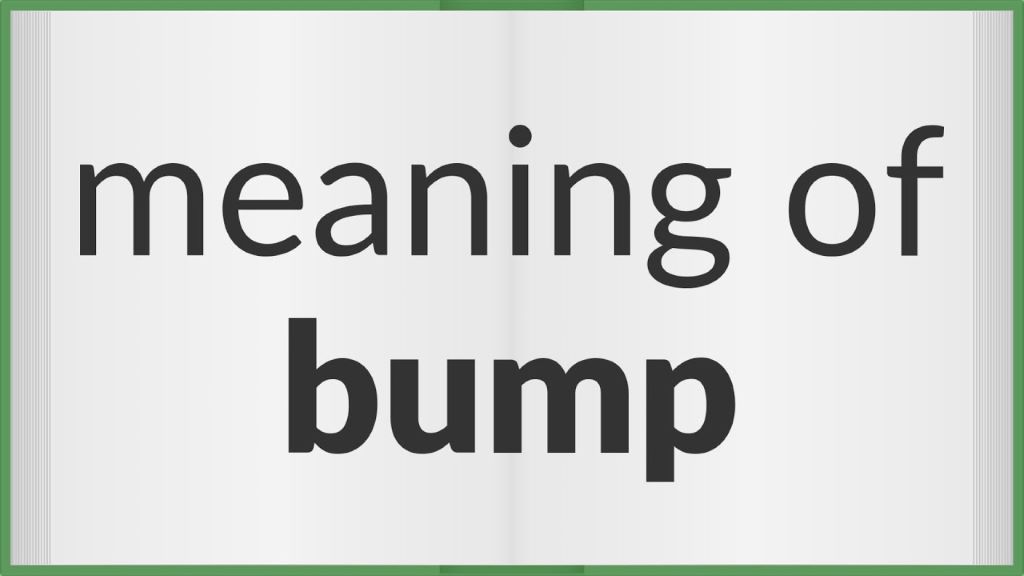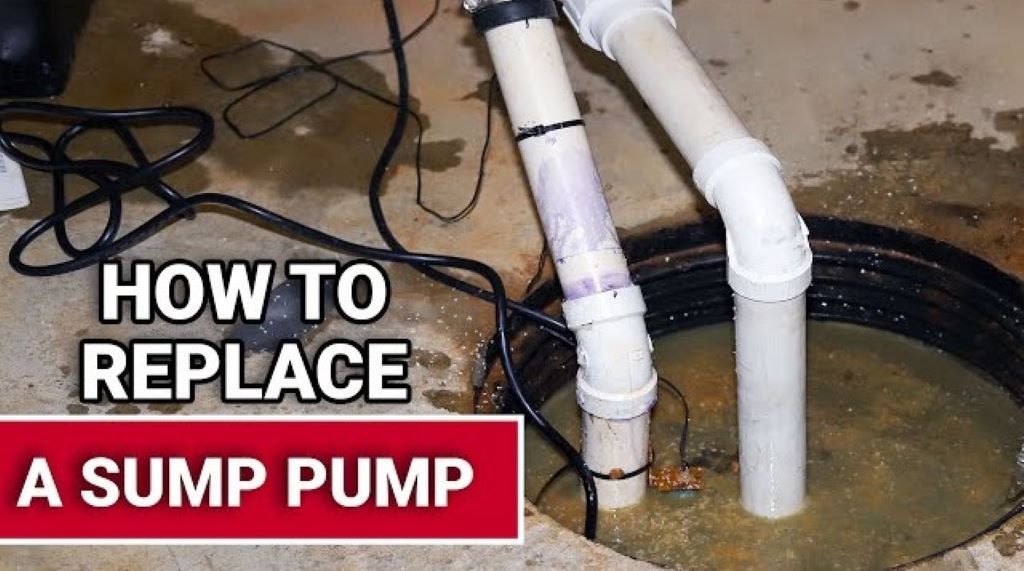Installing a pool fence is one of the most important safety features you can add to your backyard pool. A properly installed pool fence helps prevent unsupervised access to the pool, reducing the risk of accidental drownings. As a pool owner, you are responsible for ensuring there is an adequate barrier around your pool. Many homeowners choose to tackle installing a pool fence DIY project to save on costs. With some basic DIY skills and the right materials, you can install an affordable pool fence that meets safety standards. Here are some of the most budget-friendly options for installing a pool fence yourself:
Choose an Economical Fence Material

The material you choose for your pool fence will greatly impact the total cost of the project. Here are some of the most affordable DIY pool fence options:
Aluminum
Aluminum is one of the least expensive pool fence materials. It is lightweight, low maintenance, and easy to install. You can find aluminum pool fence kits that have pre-welded panels and all the hardware you need. This makes aluminum one of the simplest DIY pool fence options.
Wood
Wood is a budget-friendly choice for a pool fence if you use lower-cost woods like treated pine. Cedar and redwood are more expensive wood choices. But even a basic pine privacy fence can be an economical option. Stain the wood to protect it from moisture damage and extend its life.
Vinyl
Vinyl is one of the most popular choices for pool fences. The fence kits are readily available and provide an attractive, low-maintenance fence. Look for PVC vinyl fencing to get the best durability and value.
Mesh/Chain Link
A chain link or aluminum mesh pool fence is very affordable. It may not look quite as nice as other materials. But this type of fencing effectively secures the pool area on a budget. Use privacy slats to improve the look of a chain link fence.
Consider the total cost when choosing a material. Cheaper wood will need frequent staining. And lower-quality vinyl may fade and degrade faster. Spending a little more upfront can save money in the long run.
Opt for a Simple, Uniform Fence Design
The more complex your pool fence design, the higher the installation cost. Keeping the fence design straightforward will make the pool fence DIY installation faster and simpler. Here are some ways to keep pool fence costs down:
- Choose a uniform style without any ornamentation or decorative elements
- Use square 4×4 wood posts instead of elaborate posts
- Go with a standard privacy height of 5-6 feet high instead of a tall barrier fence
- Use consistent fencing material instead of mixing multiple types
- Use basic galvanized hardware and fittings instead of fancy accents
- Pick a standard fence gate rather than anything custom
Installing a simple, utilitarian pool fence is the most budget-friendly approach for a DIY pool fence. You can always dress up the fence later with decorative postcaps, potted plants, or other accents. However, keeping the basic fence design simple will maximize cost savings.
Layout the Fence Yourself
Hiring a professional to survey and layout your pool fence can bump up the installation price. With some careful measuring and planning, you can stake out the fence yourself. Here are some tips for DIY fence layout:
- Review local building codes for pool fence requirements like height and distance from the pool.
- Use spray paint or stakes to mark the planned fence line.
- Use string to outline the perimeter and gates so you can visualize the layout.
- Measure the pool width at several points to determine the shortest span.
- Ensure all fence posts and gates are positioned per code requirements.
- Use a chalk line to mark straight sections. Cut a garden hose to length for curved sections.
Doing the fence layout yourself will take some time and effort. But it can save hundreds of dollars in professional staking fees. For small, regular-shaped yards, the DIY fence layout is very manageable.
Save on Labor by Installing the Fence Yourself

One of the biggest expenses with a new pool fence is paying for professional installation. While DIY fencing has a learning curve, you can avoid labor fees by putting in the fence yourself.
It helps to be comfortable using basic power tools and handling construction materials. Many pool fence kits include detailed installation instructions. Follow the manufacturer’s guidelines for proper spacing, post depth, gate hardware, and more.
Some tips for DIY pool fence installation:
- Recruit a helper to hold panels and posts while fastening.
- Set posts in concrete for maximum strength and stability.
- Allow concrete footings to fully cure before installing the fence (usually about 1 week).
- Use a post hole digger and rotary hammer drill for efficient digging.
- Use zip ties, clamps, or boards to hold posts and panels upright until fastened.
- Wear gloves and eye protection when cutting materials.
- Check for level and plumb as you go to avoid mistakes.
While DIY fencing has a learning curve, the cost savings of doing it yourself make it worthwhile. Taking the time to properly install posts and panels will pay off for years to come.
Buy Fencing Materials in Bulk
Purchasing fencing supplies in bulk quantities can lead to significant savings compared to buying individual components separately.
For materials like fence posts, galvanized hardware, concrete, and other items – buy these supplies by the pallet or in large-quantity bundles whenever possible. Big box home improvement stores may offer discounts or bulk pricing on fencing materials.
Shopping around at multiple lumberyards and fencing suppliers can help you find the best deals. Time the project so materials are purchased during seasonal sales events.
Buying in bulk means extra effort in transporting and storing the materials. But you may enjoy 30-50% savings compared to piecemeal purchases. Share excess supplies with neighbors or save for future projects.
Rent or Borrow Tools
Assembling all the tools needed for a DIY pool fence install can get expensive. You’ll need post hole diggers, a rotary hammer drill, a circular saw, a post level, clamps, and more.
Rather than buying these specialty tools, consider renting them for the timeframe needed. Tool rental fees are reasonable for weekend or weekly rentals.
Home improvement stores like Home Depot and Lowe’s offer tool rentals including power tools, levels, post hole diggers, and earth augers. Check if they offer pickup discounts for larger tool rentals.
For smaller hand tools, check with friends, family, or neighbors. Borrowing tools like drills, hammers, shovels, rakes, tape measures, etc. saves money and storage space.
Tool rentals and borrowing eliminates the cost of purchasing one-use tools. You save money without sacrificing productivity.
Shop Discounted and Used Materials
Don’t overlook used and discounted materials when budgeting your pool fence project. Habitat for Humanity ReStores are a great source for discounted building supplies including fencing and hardware. You may find quality used vinyl or wood panels, posts, and post caps at 50-75% off retail pricing.
Check classified ads, online swap groups, and local salvage companies for used fencing supplies. Remove old nails and hardware and sanitize used wood – then it’s ready for a new life as pool fencing.
At the end of pool season, retailers often discount fencing to make room for winter seasonal products. Time your purchase right to score clearance priced materials.
While used materials take more time and effort to source, the cost savings are substantial. With some persistence, you can find quality used and discounted fencing components.
Prioritize Functional Areas for Fencing
If your backyard is large, you may be tempted to fence the entire perimeter for maximum privacy. But enclosing acres of land in pool fencing gets very expensive.
To save costs, focus your fence installation on the most essential safety zones:
- Fence the immediate pool area plus 4-6 feet beyond the water’s edge.
- Fence any patios or raised decks attached to the pool area.
- Extend fencing to the walls of any house/garage bordering the pool zone.
- Fence along the property line adjacent to the pool.
- Fence small children’s play areas located near the pool.
Space out fence installations over time. Start with the critical safety zones around the pool itself. Then add secondary fencing around play areas or along the property line in future years as the budget allows.
Prioritizing fence panels in the most crucial pool access areas keeps your family safe without overspending. The rest of the yard can come later.
Keep It Simple with Do-It-Yourself Installation

Installing a pool fence is a big project, but doing it yourself can yield big savings. Focus on keeping your design and materials simple. Carefully lay out the fence line and take time to properly install posts and panels. Shop for discounted and bulk materials. And rent or borrow tools instead of purchasing.
With some perseverance hunting for deals paired with elbow grease on installation day, you can tackle pool fencing affordably. Building the fence yourself gives you control over the quality and safety of your pool barrier. And nothing beats the satisfaction of seeing your completed pool fence knowing you saved substantially by going the DIY route.
Frequently Asked Questions
What are the main pool fencing requirements and codes?
Most areas require a 4-feet high minimum fence with self-closing, self-latching gates. Local codes dictate specifics like maximum distance from the pool edge, use of mesh, slat requirements, etc. Always check your local regulations before starting.
Do I need city permits for a pool fence installation?
Permits are typically required for permanent pool barriers to ensure code compliance. The process is straightforward with some basic project details like dimensions and materials. Permit fees average $25-$75.
How far apart should fence posts be spaced?
Wood fence posts should be spaced 6-8 feet apart. Vinyl and aluminum fence posts can be spaced wider at 8-10 feet since these materials are lighter. Follow manufacturer guidelines for proper post spacing.
What tools do I need for DIY pool fence installation?
Essential tools include post hole diggers, power drills, hammers, circular saws, clamps, trench shovels, rotary hammer drills, level, utility knives, and tape measure. Consider renting specialized tools like augers.
How deep should I bury fence posts?
Fence posts must be buried below the frost line to prevent heaving in winter. For most areas, this means burying posts at least 2-3 feet deep, or 1/3 of the post height underground. Use concrete for permanent strength.
Conclusion
Installing a pool fence certainly requires some investment of time, effort, and money upfront. However, the peace of mind and safety a barrier provides are invaluable for any pool owner. With smart planning and strategic cost-cutting measures, a DIY pool fence installation can be an affordable project.
Focus on the essential areas needing fencing right away. Research local codes. Shop for deals on materials purchased in bulk quantities. Minimize decorative extras. Considering the cost of pool cleaning services, it’s wise to evaluate expenses strategically—opt for rent tools rather than purchasing them. By combining sweat equity on the installation with savvy shopping for supplies, even the tightest budget can accommodate a code-compliant pool fence.
Protecting family, friends, and community members from unsupervised pool access is a responsibility every pool owner must take seriously. An appropriate pool barrier tailored to your budget shows you value safety. By implementing the strategies above for keeping fence materials and labor costs low, you can fulfill your duty as a pool owner without breaking the bank.











